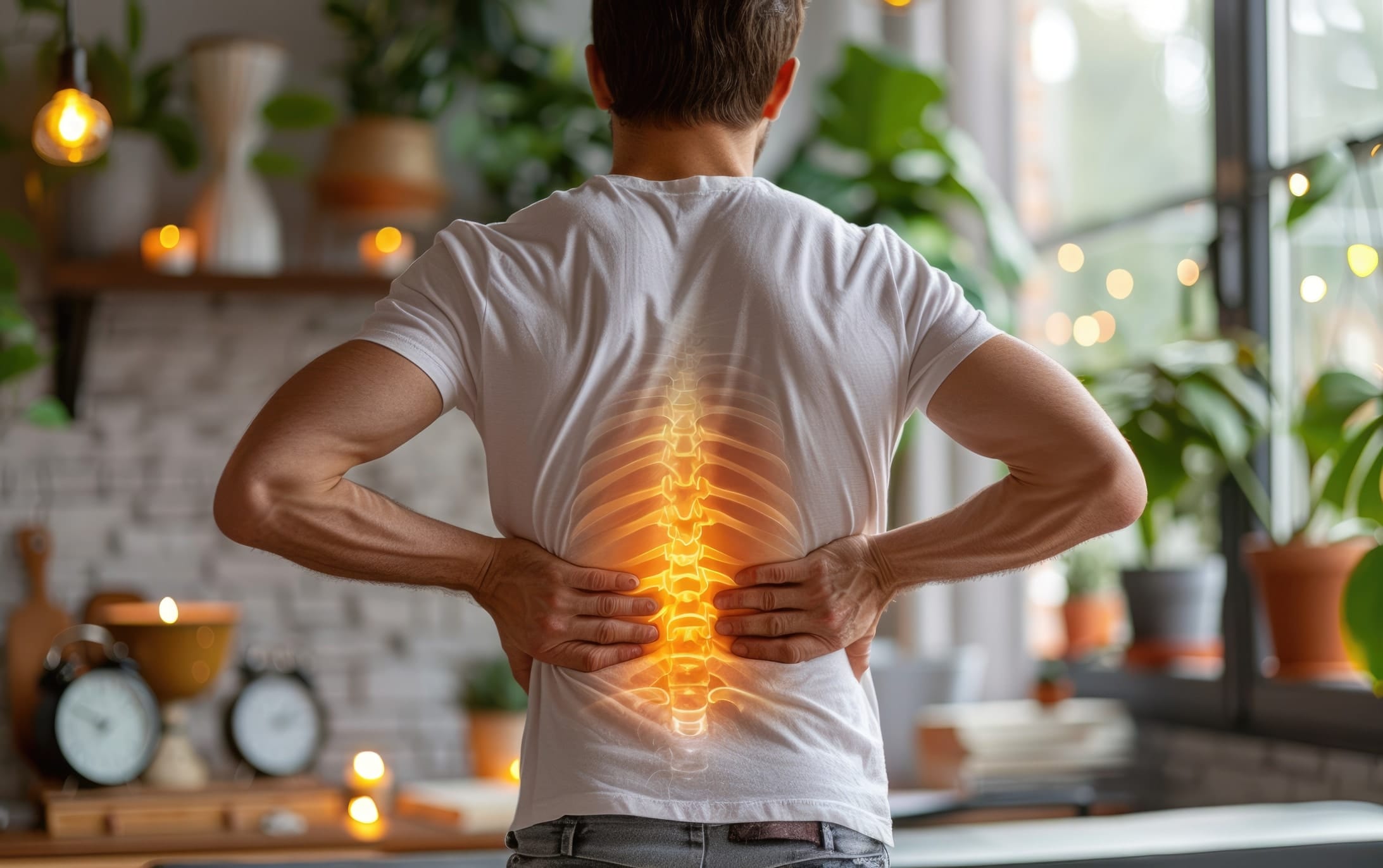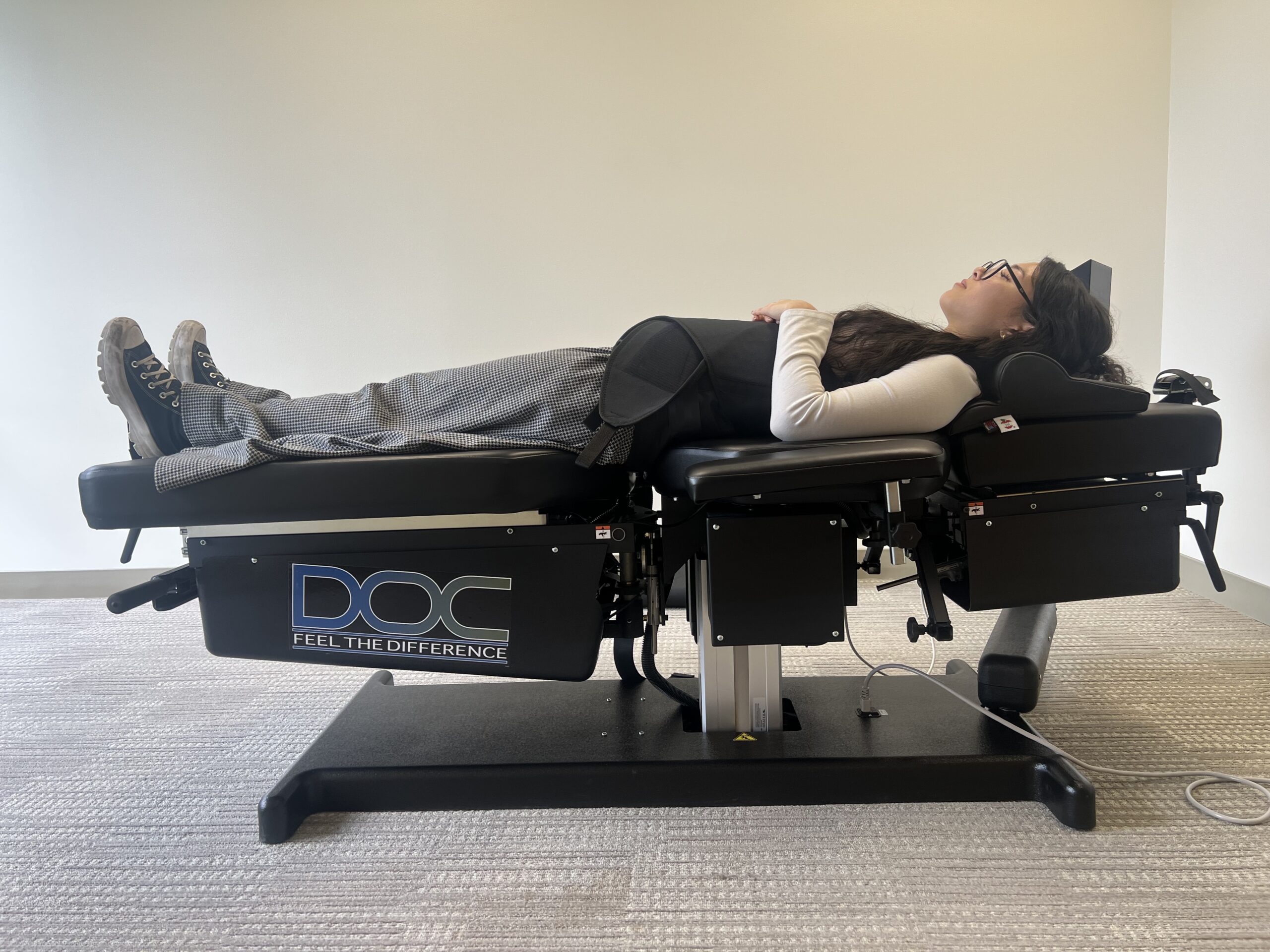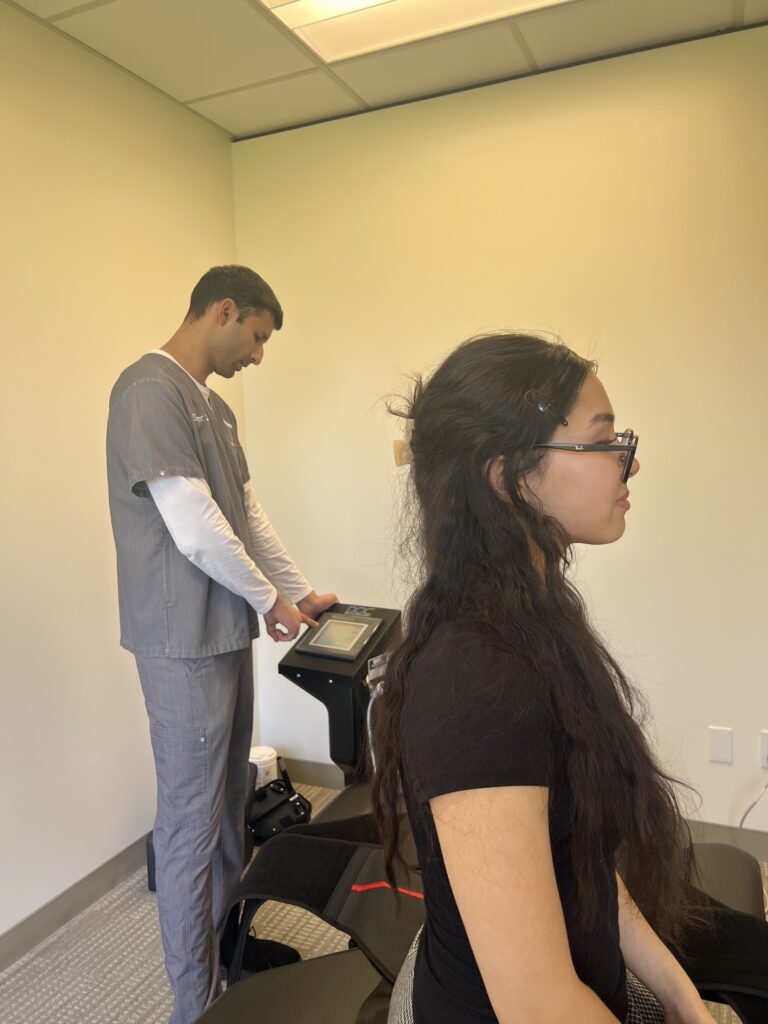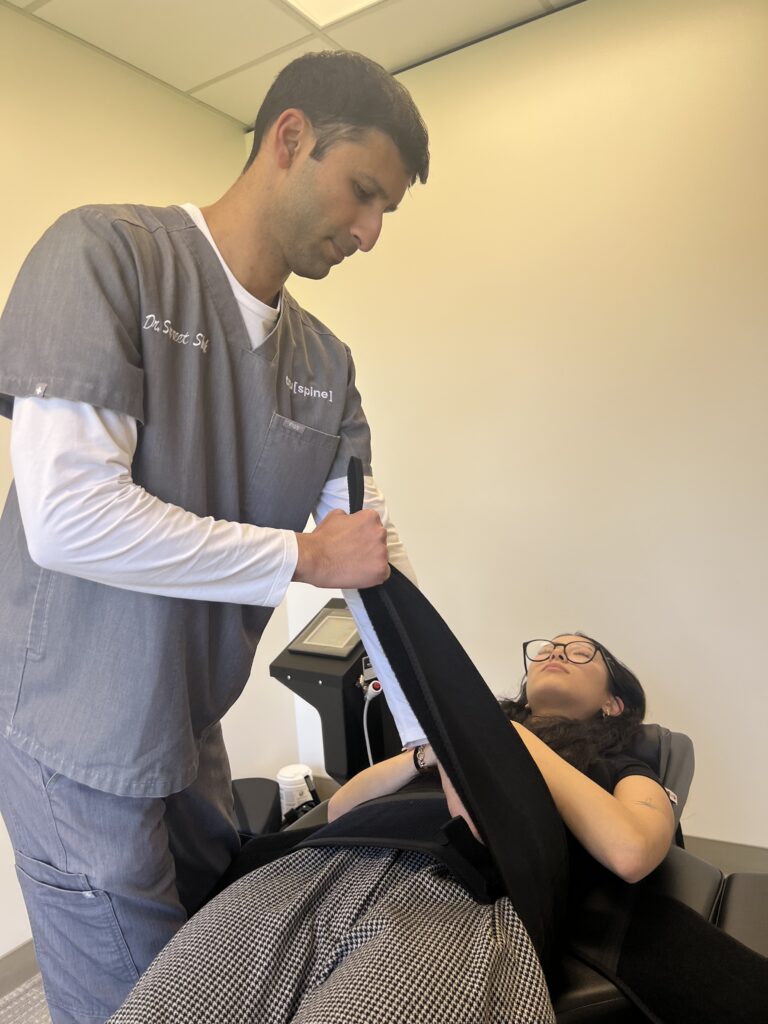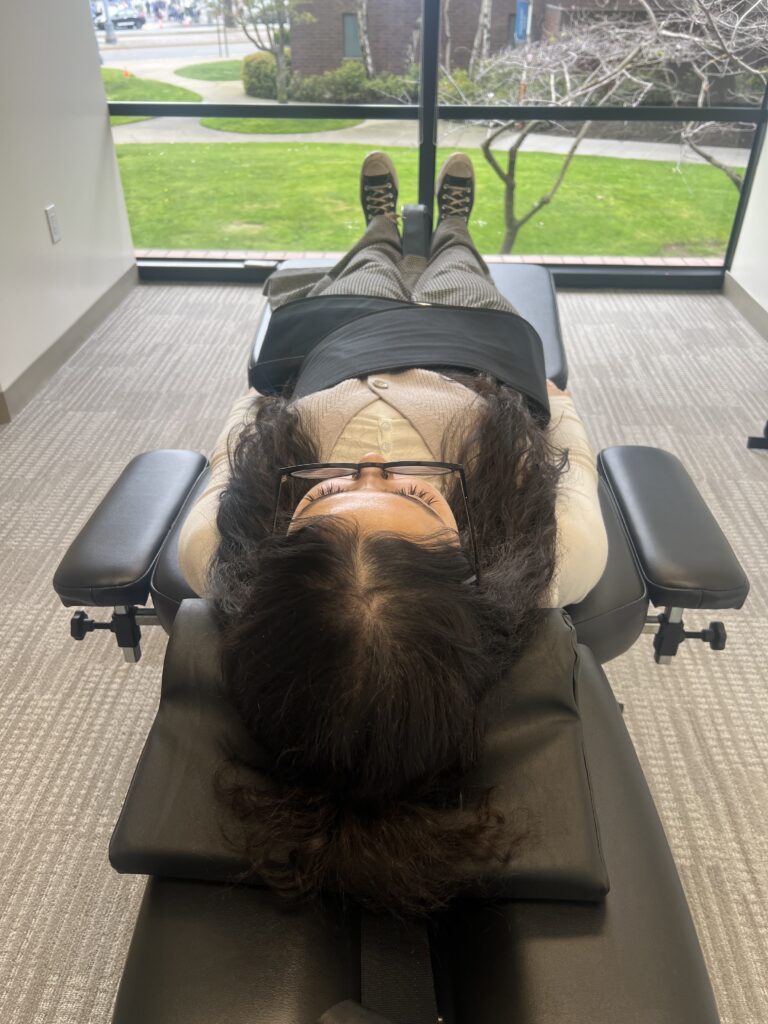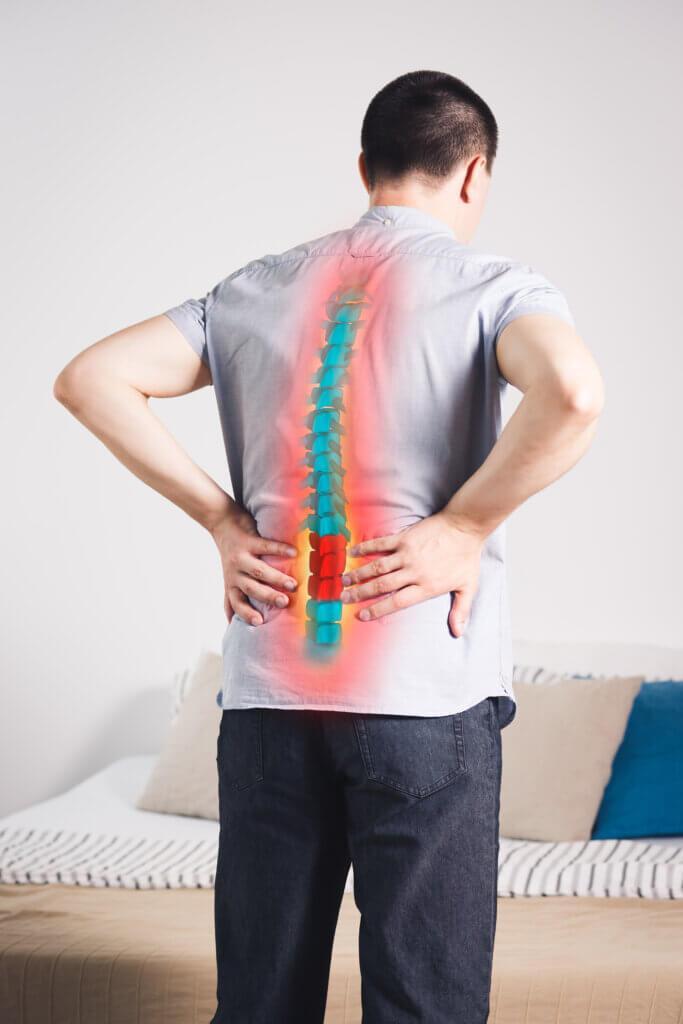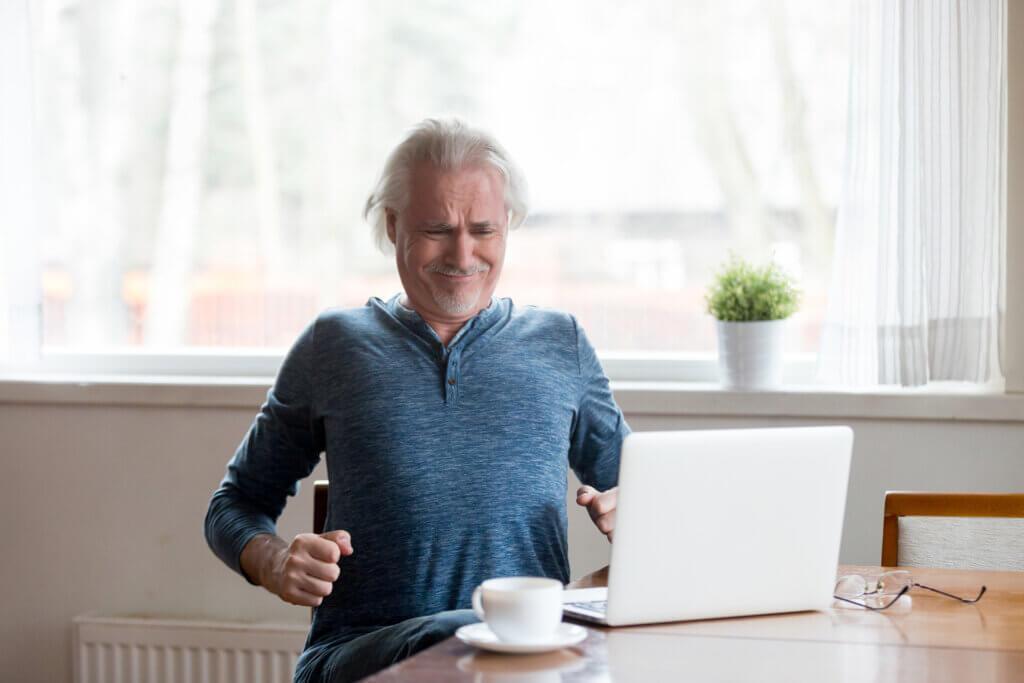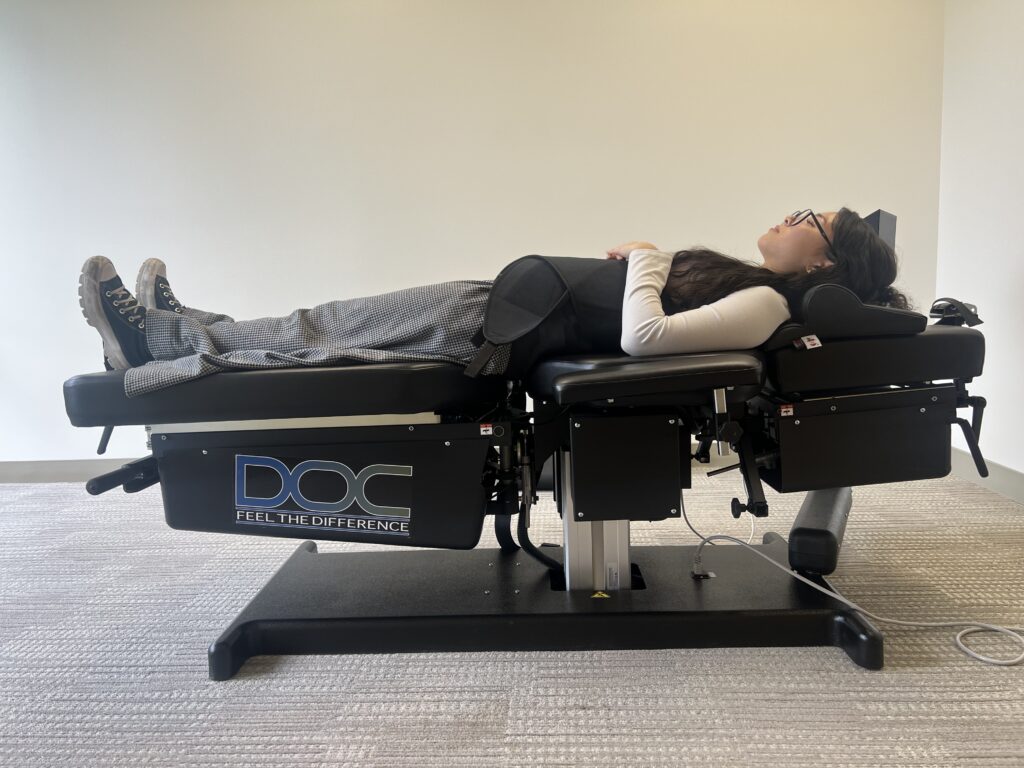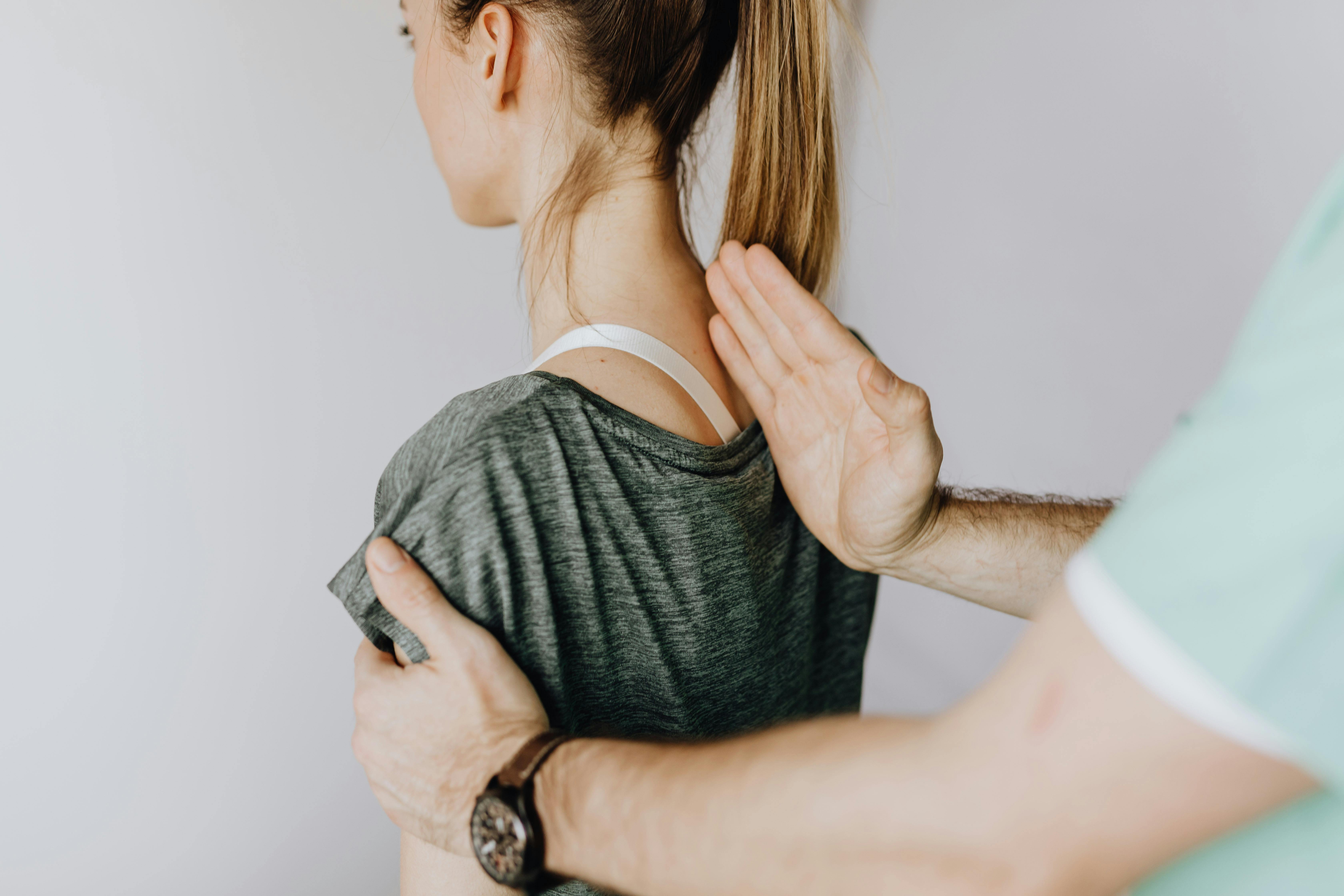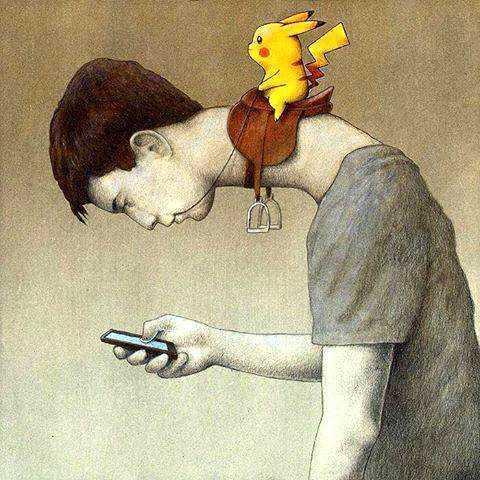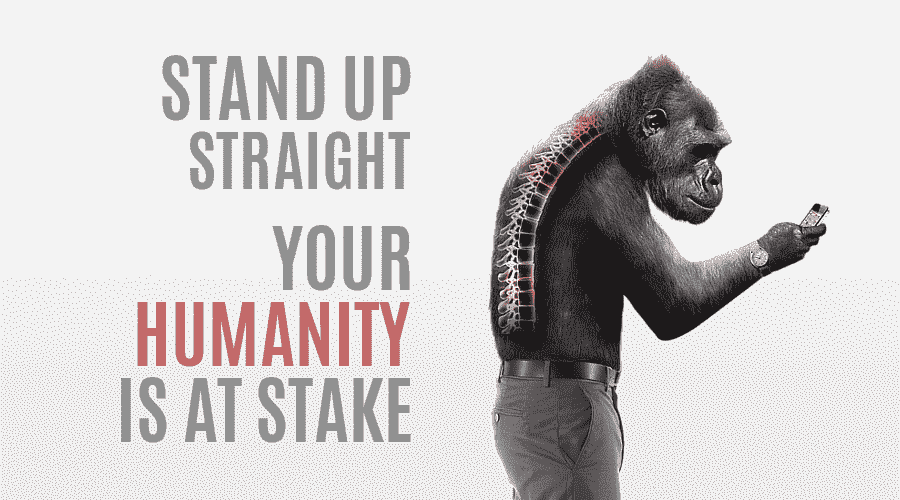Back pain spares no one. One day, you’re hauling groceries with a skip in your step. The next, you’re hunched over with a heating pad, wondering if your spine is staging a protest. Surgery isn’t the only answer. Bulging disc therapy treatment can help.
If you’ve been told you have a bulging disc, you’re not alone. The modern sedentary lifestyle, combined with occasional and often intense bouts of activity, isn’t doing our backs any favors.
In this post, we’ll break down what a bulging disc is, how it causes persistent back pain, and—most importantly—how to treat it effectively.
What Is a Bulging Disc?
Your spine is made up of bones called vertebrae, separated by cushion-like discs that act as shock absorbers. These discs have a tough outer layer and a soft, gel-like center.
A bulging disc happens when the outer layer weakens and the disc flattens and protrudes outward—like a tire that’s starting to bulge but hasn’t popped. As the back bones get closer together, they press on nearby nerves, causing pain, numbness, or tingling in the back, arms, legs, and more.
While some people experience no symptoms, others feel the effects in very uncomfortable ways—especially if the bones get close enough together to cause pinched nerve in spine.
You may get diagnosed with spinal stenosis (narrowing spinal column, sciatica pain (shooting back of thigh pain), and even a herniated disc (a leaking disc). These are all related to that disc being compressed and forced out of place.
Bulging Disc vs. Herniated Disc
People often confuse these two. And that’s fair—they’re closely related.
A bulging disc means the disc is pushing outward but hasn’t broken open. But for a herniated disc, think “hernia”. It means the inner gel has actually pushed through a tear in the outer layer. A herniated disc is also called a “ruptured disc”.
Now, this gel is great when it’s on the inside of the disc doing its job. But once it spreads around the spine, it becomes an irritant to nearby nerves, causing increased pain and further disruption of signals.
Both conditions can be painful.
But herniated disc pain relief may require a more intensive approach depending on how severe the rupture is. The good news is that most small to medium-sized ruptures can heal themselves once the excess pressure on the discs is addressed. And we’re going to tell you how to do that with bulging disc therapy treatment.
But first. Here’s a look at a herniated disc on MRI. Notice how the disc is pushing outward, impacting the structures around it.
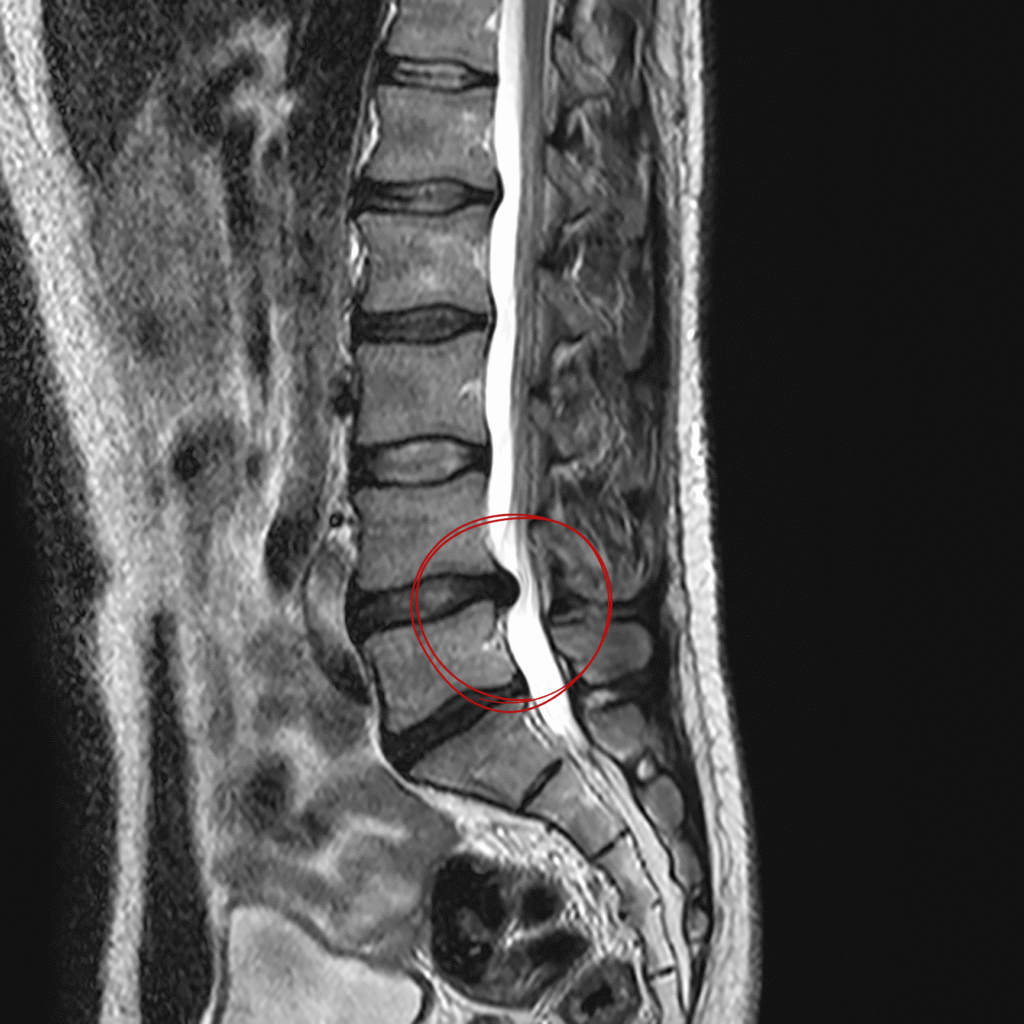
What Causes a Bulging Disc?
Several factors can lead to a bulging disc, including:
-
- Aging and disc degeneration
-
- Poor posture (Hello! desk jobs)
-
- Repetitive motions or heavy lifting (especially if you are physically active in infrequent and short spurts)
-
- Trauma or injury (car/bike accidents, a significant fall, workers’ comp injuries, etc.)
-
- Lack of core strength (Good posture doesn’t come from forcing yourself to sit up. It comes from having a strong core.)
Even everyday wear and tear can take its toll. You may develop a bulging disc in your back (thoracic or lumbar spine) from slumping over your keyboard or steering wheel for extended periods without adequate movement breaks. Similarly, you can get a bulging disc in the cervical spine (your neck) from hunching over a tablet or phone while lounging too long on the sofa.
And if these bulges are not addressed, they will become much worse herniated discs.
Symptoms of a Bulging Disc
You may experience:
-
- Neck pain or stiffness
-
- Pain under the shoulder blade
-
- Radiating pain or tingling down the arm or back of leg
-
- Lower back pain from a herniated disc in the lumbar (lower back)
-
- Tingling or numbness in hands, feet, or legs
-
- Weakness or decreased mobility
-
- A pinched nerve in the cervical spine can also lead to frequent headaches.
Some patients don’t feel pain until the disc puts pressure on a nerve or the spinal cord. That’s often when things go from annoying to unbearable.
Time to get relief fast!
Diagnosing a Bulging Disc
If your chiropractor or other doctor suspects a disc issue, imaging is the next step. You may see:
-
- A herniated disc on MRI—helpful for spotting bulges, tears, and nerve compression
-
- A ruptured disc on X-ray—though X-rays only show bones, not soft tissue, they can rule out other causes
Our bulging disc specialists at Truspine Chiropractor in San Francisco are trained to feel bulging discs during a physical exam, and we can also order imaging to confirm the diagnosis. You can see the narrowed space between back bones when discs move out of place.
Once we have a clear picture of what’s going on, we can create a personalized chiropractic treatment plan.
Finding the Best Bulging Disc Therapy Treatment For You
The good news? Most bulging discs can be treated without surgery. Bulging discs are a mechanical problem in the body. And we can fix them primarily by improving your body’s mechanics (i.e., your musculoskeletal system) and core strength.
1. Chiropractic Care and Manual Therapy
Gentle spinal adjustments can reduce pressure on nerves and improve alignment, allowing inflammation to go down so the disc can heal.
Mobilization, stretching, and postural corrections also play a key role in restoring function. Your chiropractor can show you proper technique for lifting, prolonged sitting, and other daily movements. Our goal is to help you experience long-lasting relief from the pain and immobility that’s holding you back. And we recognize that how you move in your daily life impacts the success of any chiropractic care plan.
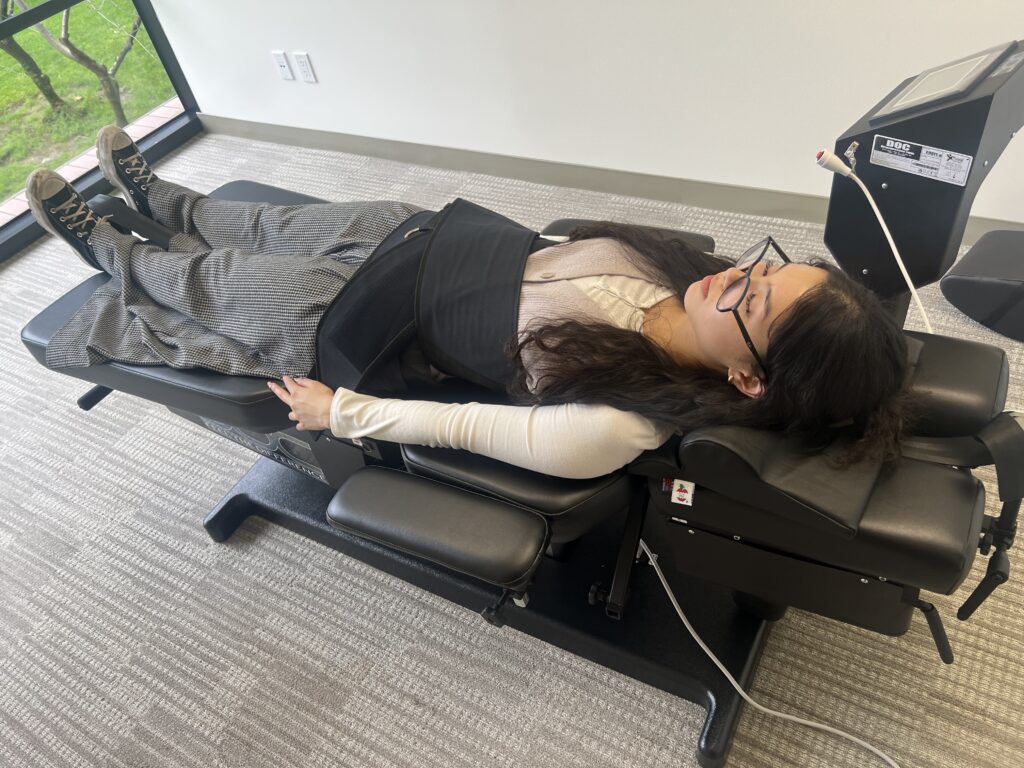
2. Spinal Decompression Therapy as Bulging Disc Therapy Treatment
Spinal decompression lumbar therapy is one of the most effective non-surgical options for a bulging disc in the back.
We use a specialized spinal decompression inversion table that can target specific areas of your back experiencing compression. Your chiropractor can then guide the machine to gently stretch your spine using this motorized traction table.
That stretching:
-
- Creates negative pressure in the disc
-
- Encourages the bulging portion to retract
-
- Improves blood flow and nutrient delivery for healing
It’s especially helpful if you’re dealing with a pinched nerve in the spine or recurring flare-ups from a herniated disc in the back.
This FDA-cleared therapy can provide some back pain relief from day one. And you can look forward to more significant improvements with continued treatment. When you come in for your consultation, we’ll discuss how many sessions, frequency, and how the bulging disc therapy treatment fits into your chiropractic care plan.
Download our Spinal Decompression Therapy Brochure
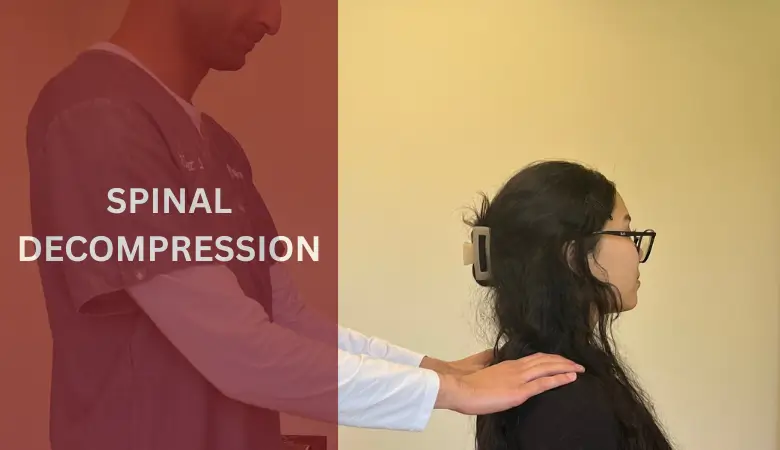
3. Therapeutic Exercises to Complement Bulging Disc Therapy Treatment
We want to see you live the active and pain-free life you desire. And yes, exercise is a crucial component of a comprehensive plan. Targeted exercises help strengthen the muscles that support your spine. This improves stability and reduces the risk of future injuries.
Your chiropractor will encourage you to commit to a personalized home core exercise program as part of your care plan. The right home exercise can provide long-lasting relief from pain.
We’ll typically focus on:
-
- Core strength
-
- Hip flexibility
-
- Postural alignment
Movement is medicine—but only when done right. That’s why we guide you through every stretch and rep.
4. Lifestyle Modifications
Healing doesn’t stop in the clinic. We’ll also work with you to adjust daily habits that could be making your pain worse.
That includes:
-
- Improving posture at work
-
- Modifying your sleeping position
-
- Teaching you how to lift properly
-
- Recommending anti-inflammatory foods or supplements
Sometimes the smallest changes make the biggest difference. We can show simple ways to make improving posture and movement easier. So, you can stick with new healthy habits.
5. Pain Management
In the early stages, it’s okay to use over-the-counter anti-inflammatories or ice packs to manage discomfort. In fact, we may encourage it, depending on your situation.
If you’re already taking prescription painkillers, we’re not going to tell you to stop them cold turkey.
But remember—pain relief is not the same as healing. When we get to the root cause of that pain with herniated disc therapy, you may find you no longer need your medication. When that day comes, we’ll work with your doctor to taper off.
6. Other Potential Bulging Disc Therapy Treatments
Above, we covered the core of bulging disc therapy. And you may want to consider other complementing therapy treatments that can speed and enhance the healing process.
-
- For the Graston technique, a highly-trained professional uses specialized tools to break up adhesions in your muscles and fascia. This enables better movement and wider range of motion.
-
- Massage therapy can also enhance flexibility, break up adhesions, and stimulate blood flow, helping nutrients move where they’re needed to promote healing.
-
- With a nutrition plan, we discuss how improving the quality and overall nutritional value of your diet can promote natural healing. We can even develop a personalized plan to support healthy nutrition habits.
The Bottom Line: Healing Is Possible
Living with a bulging disc doesn’t mean you have to live with constant pain.
With the right combination of chiropractic care, spinal decompression therapy, exercise, and lifestyle changes, you can get back to doing what you love—without pain holding you back.
If you’re tired of temporary fixes, let’s talk. We’ll help you find the root cause, build a tailored plan, and start your journey to living pain-free.
